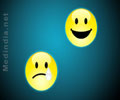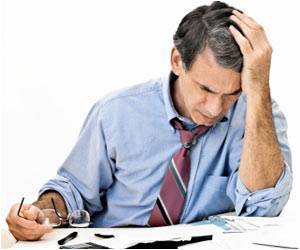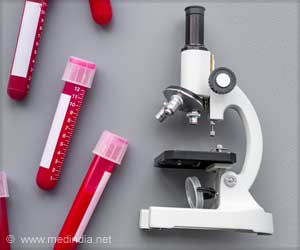
"Depression is a serious and debilitating medical illness," says Mayberg. "When we found that the potential for effective and sustained antidepressant response with DBS for patients with otherwise treatment resistant major depressive disorder was high, the next step was to determine if patients with intractable bipolar depression could also be successfully treated."
An earlier study by Mayberg done in Toronto in collaboration with scientists at Toronto Western Hospital, University Health Network and Emory, was the first to show such results for patients with treatment-resistant major depressive disorder. Mayberg conducted this new expanded trial at Emory to include patients with bipolar ll disorder.
Bipolar spectrum disorder, sometimes referred to as manic-depression, is characterized by bouts of mania or hypomania alternating between episodes of depression. Although people with bipolar ll disorder do not have full manic episodes, depressive episodes are frequent and intense, and there is a high risk of suicide. A major challenge in treating bipolar depression is that many antidepressant medications may cause patients to "switch" into a hypomanic or manic episode.
DBS uses high-frequency electrical stimulation targeted to a predefined area of the brain specific to the particular neuropsychiatric disorder. Here, each study participant was implanted with two thin wire electrodes, one on each side of the brain. The other end of each wire was connected under the skin of the patient's neck to a pulse generator implanted in the chest – similar to a pacemaker – that directs the electrical current.
Study participants received single-blind stimulation for four weeks (patients did not know if the DBS system was on or off), followed by active stimulation for 24 weeks. Patients were evaluated for up to two years following onset of active stimulation. Seventeen patients were enrolled in the study.
Advertisement
Mayberg and her colleagues continue to refine this intervention. Current studies include demographic, clinical and imaging predictors of response and remission, and introduction of psychotherapeutic rehabilitation. Why and how this treatment works is the primary focus of ongoing research.
Advertisement
"We hope to optimize the rate of improvement for these patients by using a model of care that provides psychotherapeutic rehabilitation built on evidence-based psychotherapy but tailored to the specific individual's situation."
Source-Eurekalert















